I2C, SPI, UART (RS232), VGA in VHDL for FPGA interfacing
I2C, SPI, UART (RS232), VGA communication protocols and VHDL Implementations
3.68 (90 reviews)
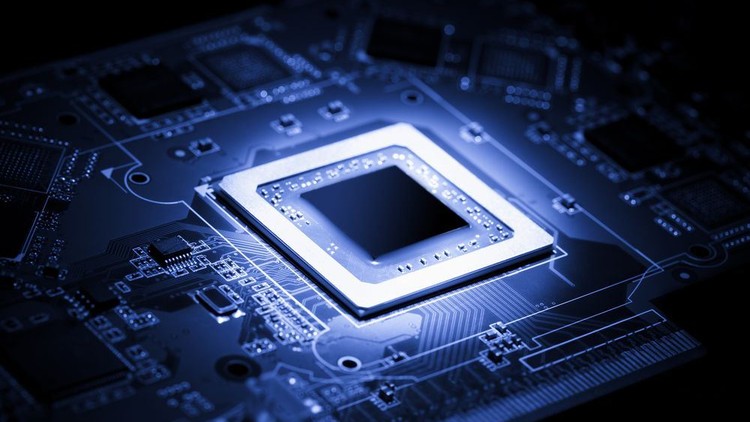
602
students
6.5 hours
content
May 2022
last update
$49.99
regular price
What you will learn
Serial Communication and Display Protocols snd Their VHDL Implementations
Inter Integrated Circuit (I2C) Serial Communication and its VHDL Implementations
SPI Communication and its VHDL Implementation.
UART (RS232) Communication and its VHDL implementation.
VGA Display Protocol and its VHDL Implementation
Screenshots
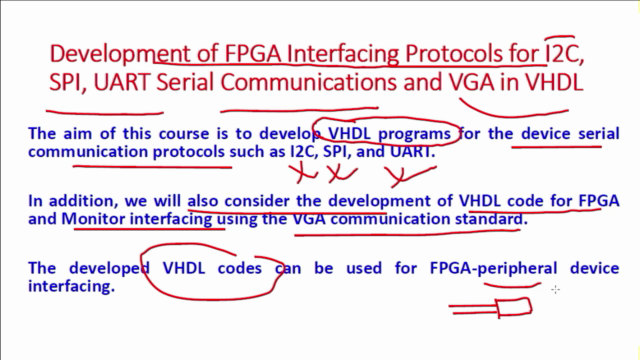
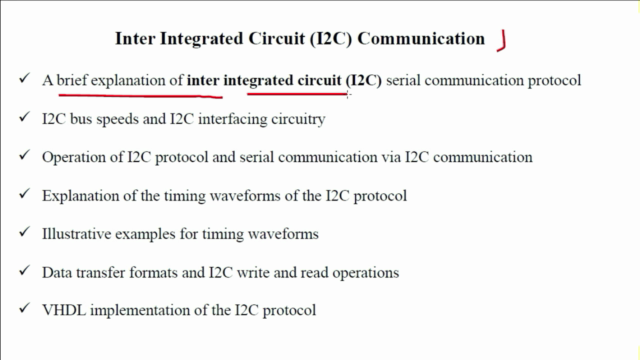
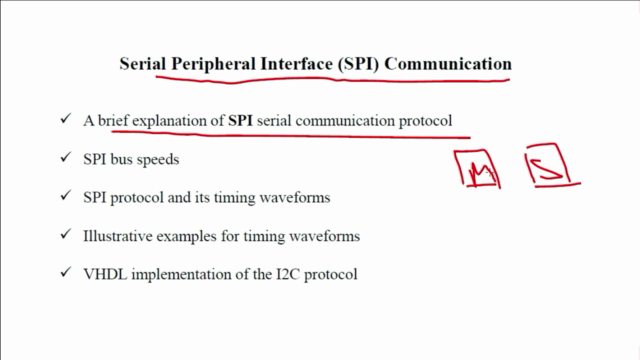
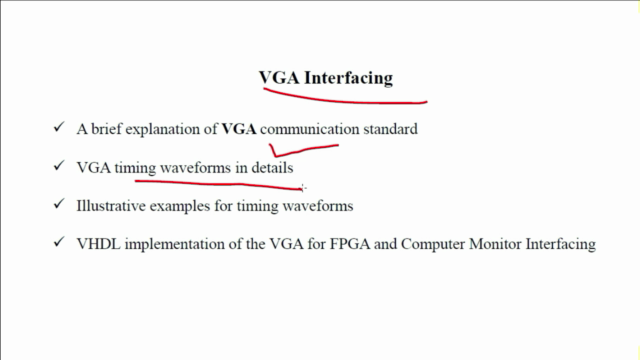
Related Topics
2360692
udemy ID
5/10/2019
course created date
11/23/2019
course indexed date
Bot
course submited by